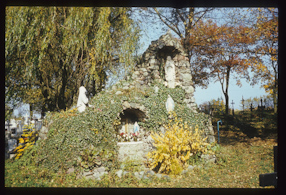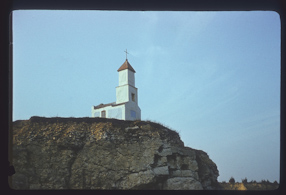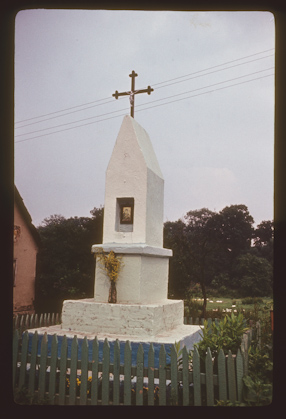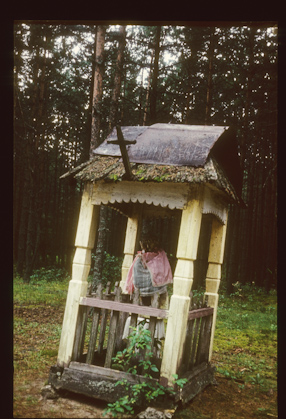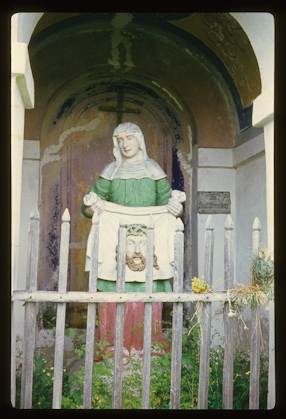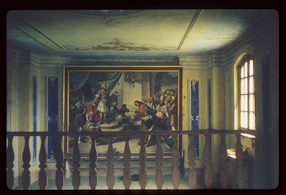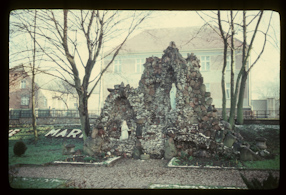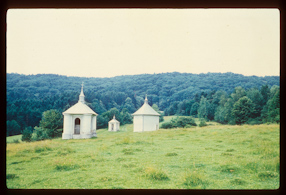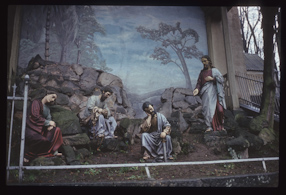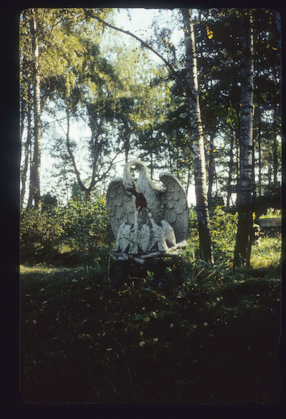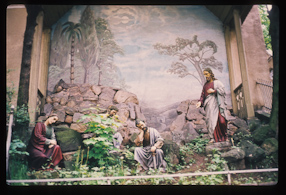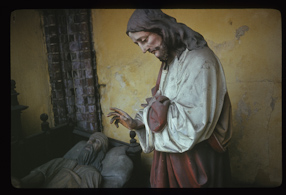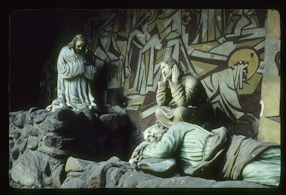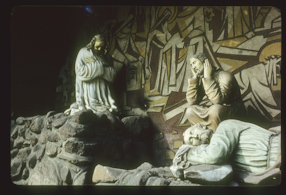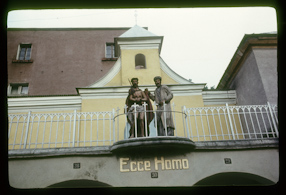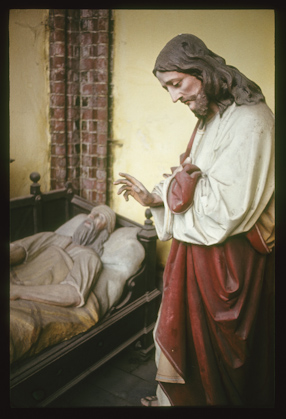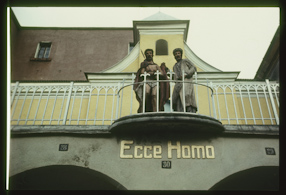PLACES OF WORSHIP, CALVARIES (1-50/50)
"Every religion gives such a load of experiences and feelings that no artist who begins activity in this field can resist them. A matter that interests me but I am not able to resolve it is the matter of the value of a painting or sculpture consisting in sacrality. I am not freed from obsessions about such values. [...] I think that their strength lies in some emotional load which is possible only in the circle of deep faith in what is done, deep faith that this must be done as a tribute to some idea. There are secular sculptures absolutely outside a range of religious topics which with their moving strength are sacral because indeed they strongly make clear the existence of important human values. If a work appears not giving even an answer but which asks some dramatic questions about perpetual human affairs so it is a socially important phenomenon and surely just sacral one" – this is one of quotations from Władysław Hasior included in a compilation, entitled "Myśli o sztuce" ["Thoughts on Art"] (Nowy Sącz 1987). Hasior visited places of worships and observed the behaviour of believers. The first published notebook includes, inter alia, a lone pulpit staying near a church, mummified corpse in a glass coffin, village chapels with Sorrowful Christ. Calvaries, i.e. open-air routes of mini-pilgrimages to stations of the Way of the Cross, comprise photos of the tours to the famous Polish places of worship, inter alia, Kalwaria Pacławska [Calvary of Pacław] and Kalwaria Zebrzydowska [Calvary of Zebrzydowice].
The set includes "Notatniki" ["Notebooks"]: "Miejsca kultu" ["Places of Worship"] (182), "Kalwarie" ["Calvaries"] (183) and "Kalwaria" ["Calvary"] (207).





